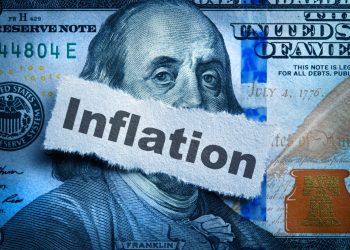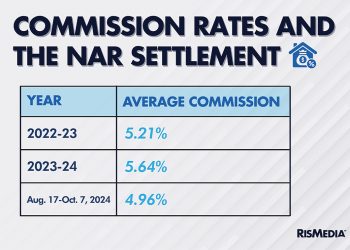The stories are everywhere. Homes that, within days or even hours of going on the market, receive dozens of hyper-competitive offers. Buyers who are not able to waive contingencies, offer well above asking price, or pay in cash are consistently being left behind as either investors or buyers with more courage (or recklessness) are snatching up homes.
Though these things are certainly happening, a new report this week from Zillow indicates that the frequency or severity of this crisis might be exaggerated, as buyers are only submitting two offers on average before purchasing a home and most still go through the traditional process of viewing and inspecting properties.
“Our 2021 survey of buyers found buying a home got more challenging in the past year, but many buyers were ultimately successful in landing a home without taking unnecessary risks,” said Manny Garcia, a Zillow population scientist, in a statement. “Most buyers continue to get inspections, and sellers appear to prioritize higher offers over waived inspections.”
Only about 10% of buyers took the risky step of waiving inspections, according to the report. Only 5% skipped an in-person, individual home tour before making an offer—though attitudes around that process are certainly changing, as close to 60% said they would at least consider buying a house after only a virtual tour.
At the same time, though, other data supports the suggestion of many people’s feelings and anecdotes—that buying a home is significantly more difficult and competitive now than in year’s past. Only 36% of people got a home on their first offer, down from just over 50% in 2018. Cash purchases were up slightly as well—a 4% increase over 2020— though the number of buyers who reported spending more than their budget only ticked up slightly from 2019 numbers.
First-time homebuyers also struggled, with their share of the market dropping 6% overall in 2021, from 43% of all buyers in 2020 to 37%. They were significantly more likely to have to submit multiple offers before buying a home, according to the report, and also more likely to feel rushed in the process. They also had a higher rate of initial mortgage denial before eventually being approved.
But overall, the new data from Zillow fails to support the dramatic tales that have passed by word-of-mouth and through the media.
“So many buyers are hearing horror stories from friends and family about the housing market, so it’s important to educate buyers about the local market so they can make the best decision for their family,” said Tom Toole, team lead at Tom Toole Sales Group
Other takeaways:
As in the broader real estate market, competition and difficulty buying a home has not affected all consumers equally. Closing on a home is significantly more difficult for Black, Latino and LGBTQ+ individuals , who were all more likely to be denied a mortgage than white buyers. While 31% of white buyers had to push through at least one mortgage denial before being approved, a staggering 54% of Black and LGBTQ+ consumers received a denial, as did 56% of Latino buyers.
People of color also made up only 26% of all homebuyers as a lack of intergenerational wealth, along with other persistent inequalities and ongoing discrimination have prevented a broad swath of Americans from fully participating in the housing market. A 2019 Zillow survey found that Asian, Latino and Black buyers were much more likely to report being treated differently because of their race compared to white consumers.
The report also pushed back—at least a little—on the narrative that buyer preferences have been dramatically upended during the pandemic. Among the home characteristics that have greatly increased in desirability, smart home capabilities (13% more people valuing that since 2019), energy efficiency (11% increase from 2019) and having a hot tub (10% over 2019) topped the list. Most other things—overall square footage, commute convenience, outdoor space and preferred bathrooms and bedrooms all stayed roughly the same or followed trends that preceded the pandemic.
Geographically the story was similar, with movement roughly similar to previous years. In 2021, 39% of buyers were moving to a different home in the same city, which matches up with the 40% who said the same in 2019. And defying another narrative, more people in 2021 were actually staying in the same state compared to homebuyers in 2019—50% compared to 41%.
 Jesse Williams is RISMedia’s associate online editor. Email him your real estate news ideas to jwilliams@rismedia.com.
Jesse Williams is RISMedia’s associate online editor. Email him your real estate news ideas to jwilliams@rismedia.com.










